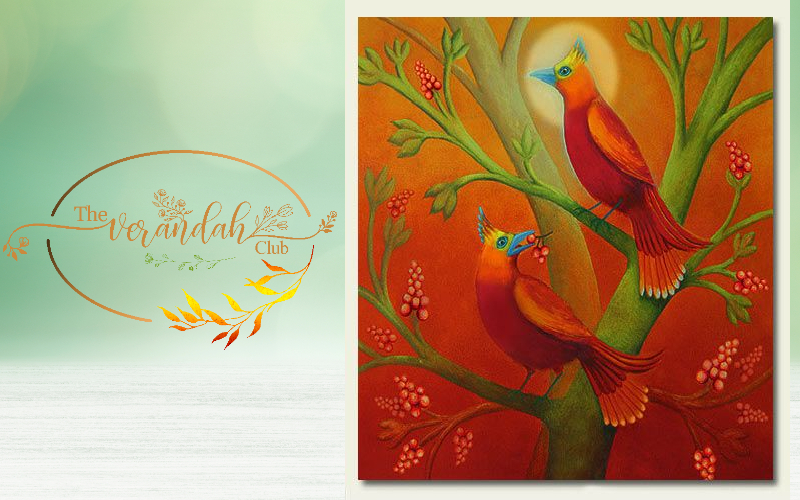
It is useful to follow the processes of yoga to achieve Nirvana. When it comes to joining the Jivaatma (the inner self) with Paramaatma (the universal self or the all pervading God), one has to seek the help of yoga and the knowledge of the Vedas.
The twin objective of the Vedas are first to define and establish the existence of God and second, to describe the ways to attain the divine element. The teachings of the Vedas appear as a flower, which fructifies through Anushtaana or practice which leads to the knowledge of the Self.
The Vedic mantras indicate a profound knowledge which is both manifest and unmanifest. Those verses which describe nature, its elements and their uses are on the manifest. And those which describe the universal impart of the knowledge of the unmanifest. This latter part has been outlined in the Upanishads and Darshanaas, such as Yoga, Saamkhya, Nyaaya, Vaisheshika, Mimamsa, and Vedanta.
Sage Baadarayana, one of the composers of the Vedanta Darshana, said that the Vedic mantras are but the manifestations of God. Some mantras project the visible form of God while many more describe the subtle form. That is how the Vedas proceed to lead the seeker from the visible to the subtle Brahman or the universal Self.
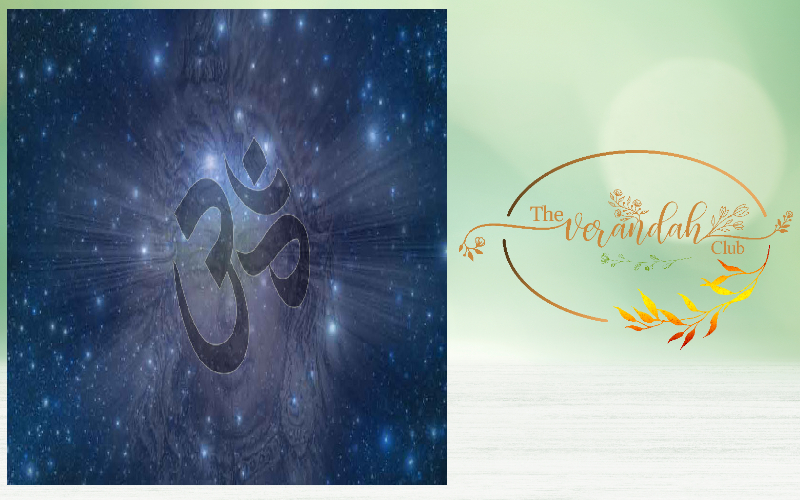
Absolute Brahman
The Brahman has been described in the Vedas as the divine all-pervasive energy. It is the ultimate truth, knowledge and bliss – Satchidananda – which is endless, everlasting, incomparable, all-supporting, free from impurities or pristine. It is that Brahman which creates, sustains and destroys the world. It is the divine energy which imparts the light to a thousand suns and regulates the movement and vibrations of the stars and galaxies.
It is this Brahman – the universal Self – which is the sole master of all the living creatures (Rig Veda 1/11/20 and Sama Veda 1672). We find descriptions of the Brahman as the master of the creations, God of Gods, source of nectar and the one who adorns Nirvana (Rig Veda 6/36/4 and 6/45/3 and Atharva Veda 10/8/37 and 10/7/10).
Sage Patanjali, the founding father of Yoga Darshana, has outlined an eight-fold path. These eight aspects are: Yama, Niyama, Aasana, Praanayaama, Pratyaahaara, Dhaarana, Dhyaana, and Samadhi. A detailed study of the Vedas reveal that each of these subtle processes for the pursuit of Yoga has been outlined in various Vedic mantras in different texts at different places.
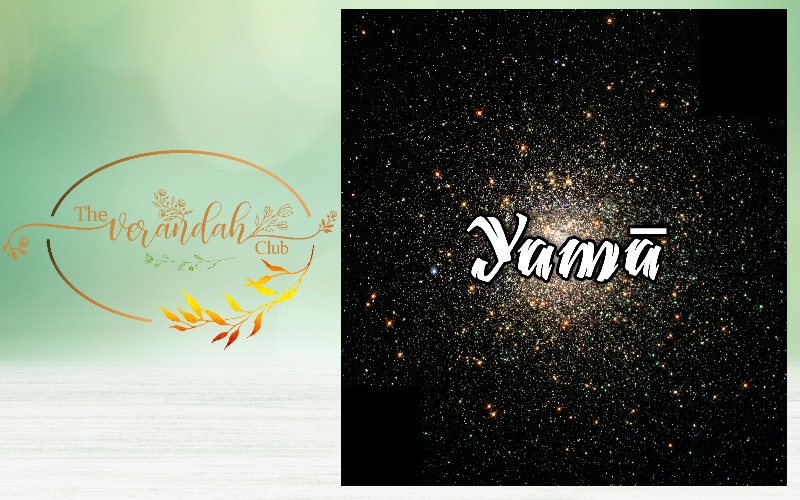
Yama – Self-Discipline
The first step for the development of a Yoga seeker is Yama or Self-discipline. It originates from the root word Niyama or regulation. It is defined as:
“Yamyate Niyamayate Chittam Anena Iti Yamaha."
When the Chitta or mind-cum-intellect is regulated by neutralising aggressive tendencies and other negative impulses of the mind, the process is known as Yama. The first aspect of the eight-fold path is described in Rig Veda Mandal One 73/10, 83/5, 135/1, 163/2 and also Yajur Veda 29/13.

Niyama – The Rules
While the seeker practices yama, it also necessary to abide by certain rules or niyamaas, which is the second aspect of the eight-fold path. For an aspiring yogi these two aspects constitute the individual and social acceptance. These two aspects – self-discipline and rules of conduct – are also interdependent, like two wings of a bird. Just as a bird penetrates the sky by moving its wings, an aspiring yogi makes progress on his path by a balanced observance of yama and niyamaa (Yajur Veda 8/52).
Elsewhere, the Yajur Veda (7/12) describes the components of niyamaas, such as Shauchaa or cleansing, Santoshaa or contentment. The seeker who observes the divine order devised by the all-pervading God and attempts to condition his own life-style in tune with that divine order, is enabled to gain divine help. He is then able to regulate his thoughts and deeds (Rig Veda 1/22/19 and 5/44/14, Yajur Veda 6/4, and 13/33, Sama Veda 1671, and Atharva Veda 7/26/6).
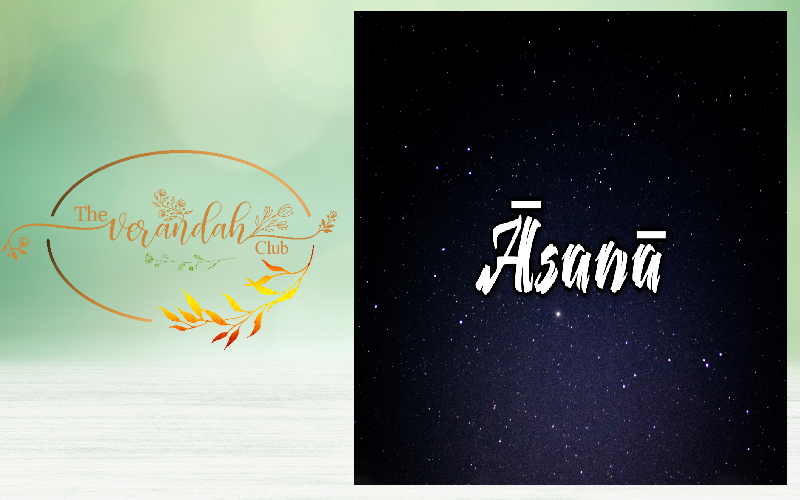
Aasana – Yogic Posture
Aasana is the third aspect of the eight-fold path outlined in the Yoga Darshana. The word aasana originates from the root word, Upaveshana which indicates sitting down in a stable position for various functions. For example, while teaching or learning, the word used is nishidata which indicates sitting in a relaxed posture.
Similarly, another part of Vedic mantras describes sitting down in mauna or quiet posture for the study of Yoga (Rig Veda 2/43/3). This mantra clarifies that an aspirant should be able to sit in a stable, relaxed, and quiet posture for a period of one Prahaara or three hours without any distraction. The Yoga Darshana describes the above process as aasana or the Yogic posture.
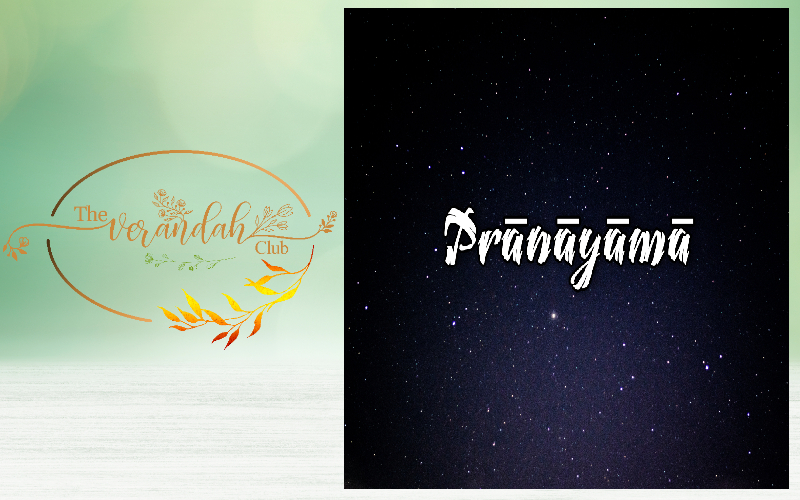
Praanaayaama – Regulated Breathing
Regulated breathing has a special significance among the eight aspects of Yoga. Its usefulness its described in the Vedic texts as also in other books of spiritual pursuit. Praanaayaama is the result of deep interaction of Prana (respiration) with Chitta (the mind).
The significance of Praanaayaama is described in many Vedic mantras (Rig Veda, mandal 9/91/1 and 96/57, Sama Veda 89, 599, 908, and 981 and Atharva Veda 11/4/6 and 11/4/9).
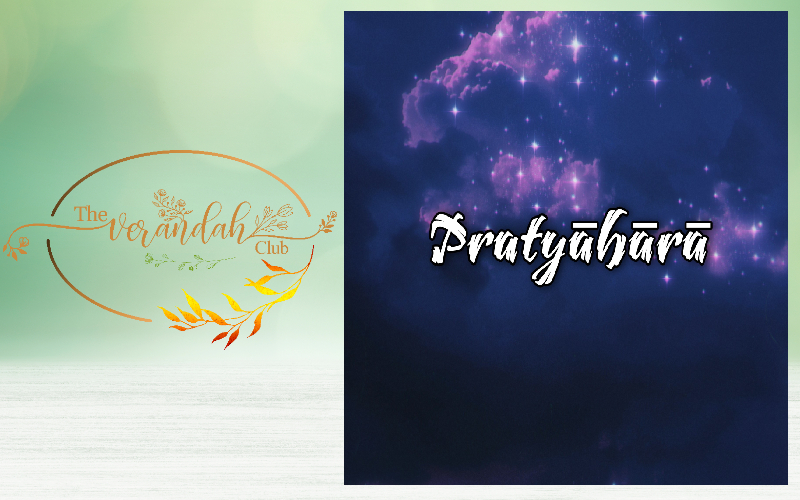
Pratyaahaara – Sense Detachment
Pratyaahaara is the fifth aspect of Yoga Darshana. It is an internal process, compared to the four preceding aspects. It deals with steering away the five senses of perception from external stimulation and directing the senses to turn inwards. The seeker is thus enabled to modify the inner impulses. The Rig Veda outlines the need for Pratyaahaara very clearly and describes its major components as strength and purity of external and internal stimulations, and their satisfaction (Rig Veda 6/9/6, 6/37/3, 10/83/4 and 10/47/3 and Sama Veda 530 and 1183).
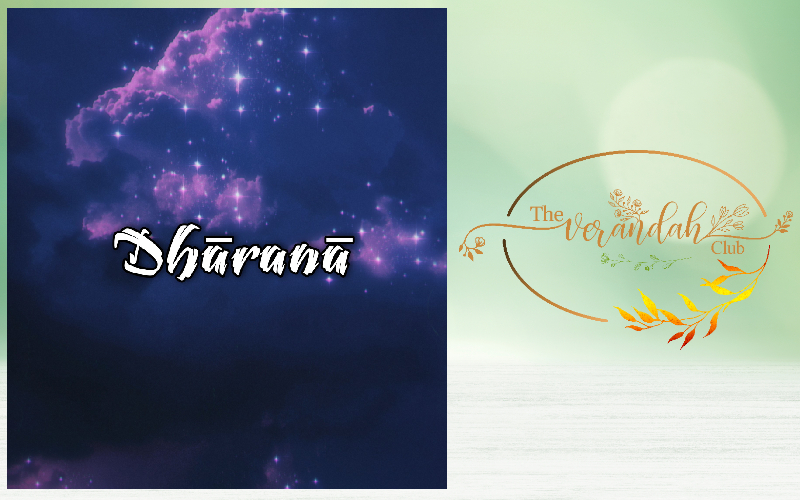
Dhaarana – Inner Abstraction
The sixth aspect of Yoga Darshana is Dhaarana. It entails the focusing or holding in abstraction of various thoughts, impulses, and vagaries of mind into one common theme. It originates from the root word dhruti or to hold. Regular practice of Praanaayaama by the aspirant brings about a keen perception of the inner processes, and enables him to focus or stabilise the uncontrolled strayings of the mind in one inward theme or in an external entity, such as the deity or an Ishta devata. This process is known as Dhaarana.
In one mantra of Yajur Veda (34/3) it is said Cheto Dhrutihi. Here Cheto refers to Chitta or the mind and Dhruthi refers to Dhaarana. The Gayathri mantra includes the verb dhimahi, which indicates Dhaarana whereby it says, “We adorn ourselves with the divine light of the creator of this entire universe in its highest form of cosmic radiance.” In other words, it is of utmost importance to reflect on the domain God , and to adorn its vibrations in Dhaarana. Yajur Veda recommends this kind of inner reflection (See 12/67, 13/24, and 16/48).
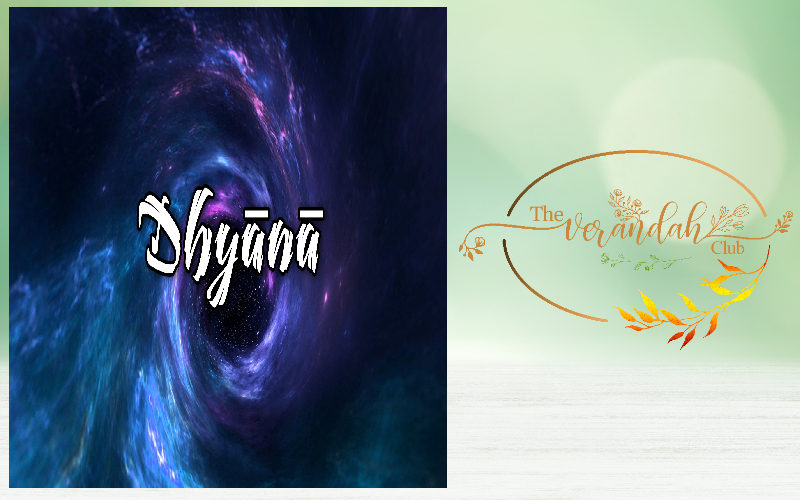
Dhaayana – Meditation
Dhyaana or meditation is the seventh aspect of Yoga Darshana. It is known as the highest form of worship. When an aspirant is able to rise above daily trifles of inner cravings and is enabled to align his inner self with divine entity, he makes an entry into the orbit of Yoga.
Meditation is the instrument for attaining the perception of the divine entity and the ultimate Nirvaana. For a student of Yoga, there are many inspiring mantras in the Vedic texts, which will be conducive to deeper meditation (See Rig Veda 5/81/1, 8/92/22, 8/102/22; Yajur Veda 11/1 and 2, and 12/68; Sama Veda: 5 and 9).
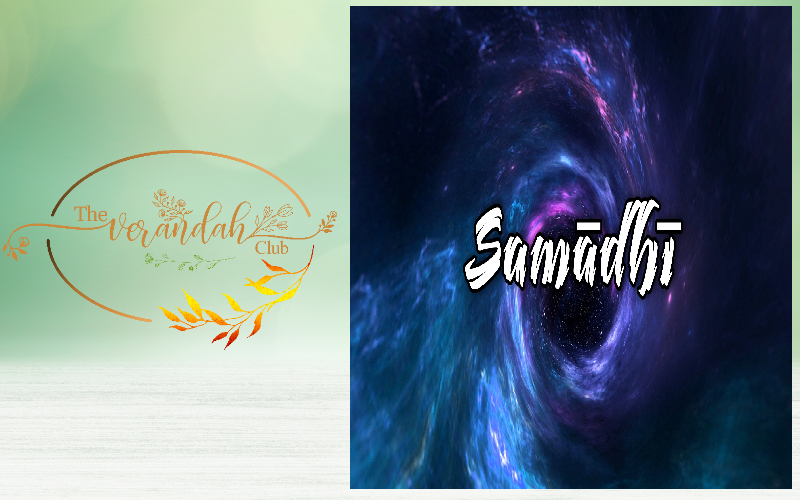
Samaadhi – State of Bliss
The last aspect of Yoga Darshana is Samaadhi. It indicates the ascent of a yogi from being a seeker to a state of perfection. When a yogi reaches the pinnacle of Yoga the gap between knowledge and the knower vanishes. That condition is known as Samaadhi. The Vedic texts and mantras do not use the word Samaadhi in any place. However, there are many verses that describe this condition of perfection as Samaahita which is synonym of the word Samaadhi (Rig Veda 8/44/23, 10/56/1, and 9/11/6; Yajur Veda 9/3; Sama Veda 421, 444, and 534; Atharva Veda 4/11/8, 6/773/3, 10/2/26, and 27).
Maharshi Patanjali was able to digest the Vedic description of Yoga Vidya appearing in different places. He combined them with his own reflections and perceptions and codified them in a proper sequence in his work on Yoga Darshana. This vision outlined a path to Brahman for prosperity. The pursuit of Yoga enables humanity to opt out from the vicious cycle of birth, death, and rebirth to attain Nirvaana – a state of absolute bliss.
Translated into English by Hareesh Raja from the original article in Hindi, Dr. Vagish Sharma who is a scholar of Vedic texts.
(Extracted from ‘Tattvaloka – The Splendor of Truth, AUG/SEP 1991)
NEXT ARTICLE

Earlier this year in March, Prime Minister Narendra Modi formally declared "Yoga for One Earth, One Health" as the theme for International Yoga Day 20...